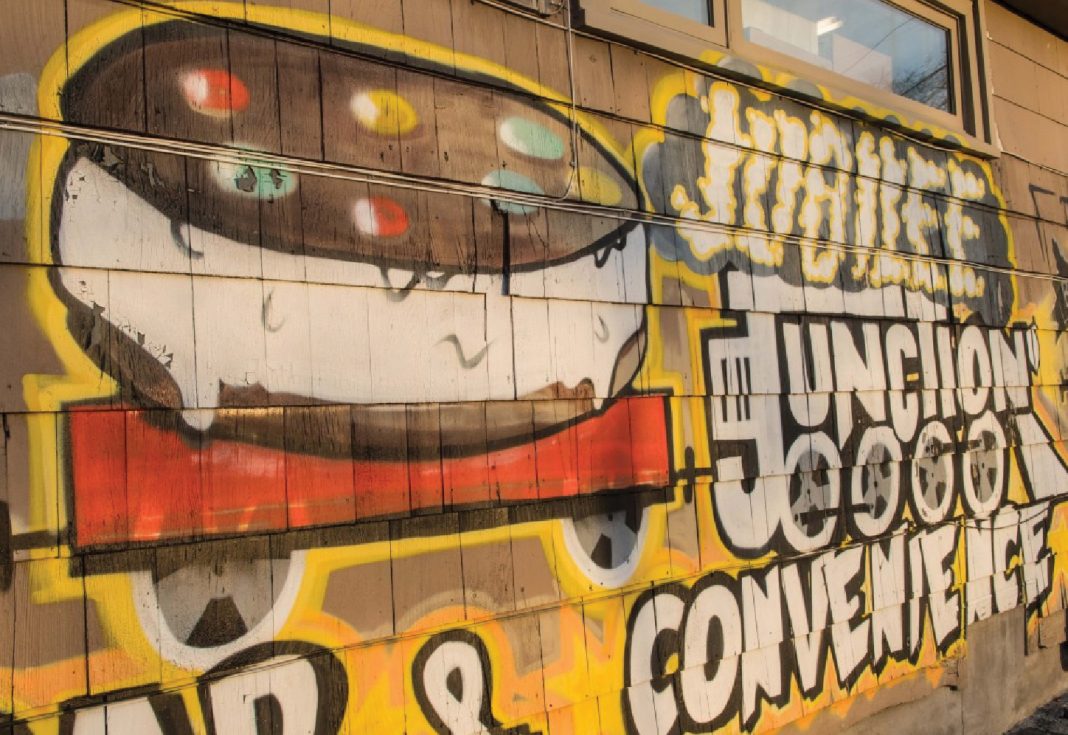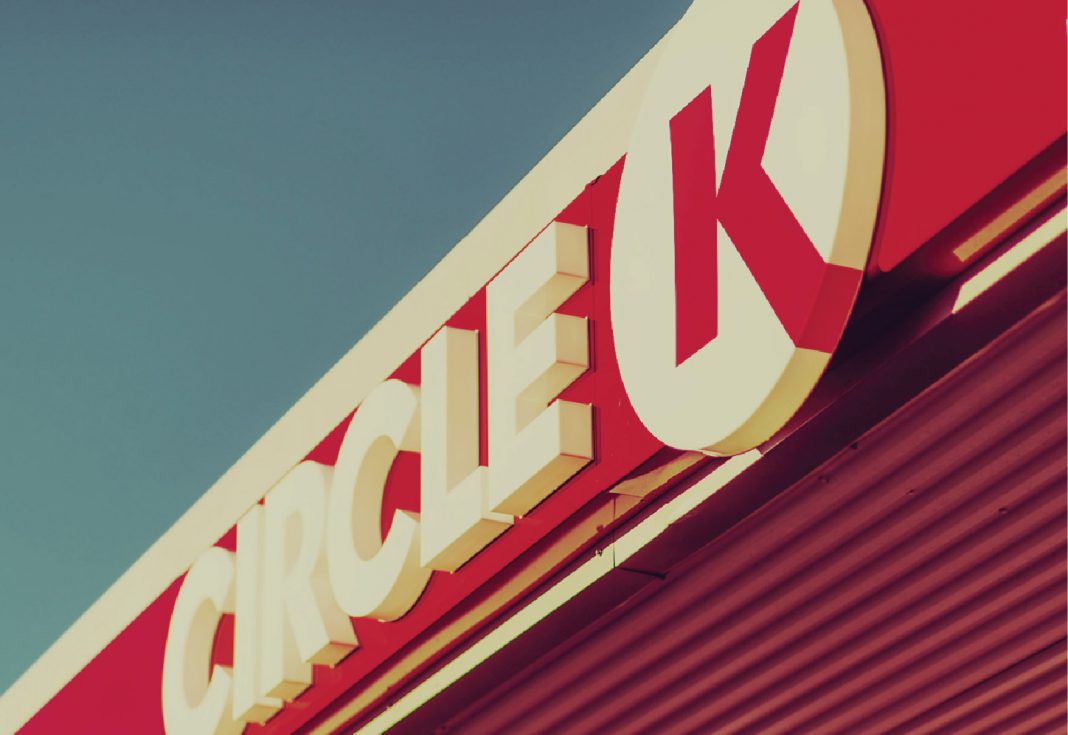FOOD-SERVICE OPERATORS KNOW-HOW WITH ONTARIO PROVINCE
On Nov.29 the Progressive Conservative government in Ontario unveiled a new plan to address the province’s environmental challenges
entitled Preserving and Protecting our Environment for Future Generations: A Made-in-Ontario Environment Plan. Below is a breakdown of
what foodservice operators need to know about the new Ontario environment plan.
A Shift Away from Cap-And-Trade
The new plan recommits the province toward meeting the emissions-reduction goals in the Paris Accord, but without the previous
cap-and-trade system. The cap-and-trade model put limits on the amount of pollution that companies in certain industries could emit but
permitted them to buy allowances at auction or from other organizations that came in under their limits.
Under the new Ontario environment plan. The province will spend $400 million over four years. The Ontario Carbon Trust is the name of the fund the investment will be made on. Hence, with the intention to incentivize the adoption of environmentally friendly practices and technologies to reduce greenhouse gas emissions.
Supporting Businesses with Waste Reduction
A section in the new plan entitled “Reducing Litter and Waste in Our Communities & Keeping our Land and Soil Clean” talks about the need for
businesses, including restaurants, to contribute to waste reduction through largely voluntary diversion programs. Below are some of the actions
listed in the new Ontario environment plan that the government plans on undertaking to help businesses improve waste reduction practices.
Actions to assist businesses with reducing food waste:
- Expand green bin or similar collection systems in large cities and to relevant businesses.
- Develop a proposal to ban food waste from landfill. Further, consult with key partners such as municipalities, businesses and the waste industry.
- Educate the public and business about reducing and diverting food and organic waste.
- Develop best practices for safe food donation.
The restaurants generally don’t generate much food waste. Hence, the actions will be more welcomed by foodservice businesses. No food is such that it hasn’t been served. This means what’s prepared needs to be served. This is highly important is a tight-margin industry.
According to results from a recent quarterly Restaurant Outlook Survey. A huge 77 per cent of restaurateurs and other foodservice operators. This is all across the country already track, compost or donate leftover food.
Restaurants Canada is already working with organizations such as Second Harvest and FoodRescue.ca to assist restaurants with donating
safe, surplus food and looks forward to consulting with the Ontario government on best practices around food donation.
Actions to assist businesses with reducing waste from plastics and other packaging materials:
• Seek federal commitment to implement national standards that address recyclability and labelling for plastic products and packaging to
reduce the cost of recycling in Ontario.
• Work with municipalities and producers to provide more consistency across the province. Also, regarding what can and cannot be accepted in the Blue Box program.
• Explore additional opportunities to reduce and recycle waste in our businesses and institutions.
• The emerging green bin programs across the provinces introduced by the Govt. These are existing and emerging bin programs all submerged. These programs ensure the acceptability that ensures new compostable packaging materials in Ontario.
by working with municipalities and private composting facilities to build a consensus around requirements for emerging compostable materials.
These are actions that Restaurants Canada has long been advocating for from governments. The foodservice industry is facing increasing demand for delivery and take-out meals. This requires containers and other single-use items to ensure food quality, safety and accessibility needs are met. The rules set by the municipalities must be clear and set of common rules. This is for accepting products into their respective waste diversion programs. Instead of the waste end of in the landfills. The recycling and composition of the items beforehand is a huge responsibility.
Placing Responsibility on Waste Producers
The new Ontario environment plan states. “Making producers responsible for the full life-cycle of their products and the waste they produce. This will help companies to consider what materials they use in and to package their products. Also, find new and innovative cost-effective ways to recycle them and lower costs for consumers. It can also make recycling easier and more accessible.”
The plan lists the following actions that the Ontario government will take. This means more responsibility on businesses that produce waste:
• Move Ontario’s existing waste diversion programs to the producer responsibility model. This will provide relief for taxpayers. Also, make producers of packaging and products more efficient. The markets that recycle what they produce are better-off. Through sustainable connectivity, there must be an improve in the floating efficiency with similar markets.
• Consider making producers responsible for the end of life management of compostable products and packaging.
Sharing in funding i.e. 50% of the net for businesses known or considered as Blue Box Stewards. This is all according to the Ontario’s Waste Diversion Act.
cost of municipal recycling programs. Any increase to the level of responsibility that the industry must shoulder for costs of waste management
should come with a proportionate increase in control over the efficacy of those programs. Implementing a producer responsibility model for waste management programs. Heard globally in the form of discussions and seminars. Restaurants Canada wants to make sure that the voice becomes a common one. This voice is the voice of foodservice.



